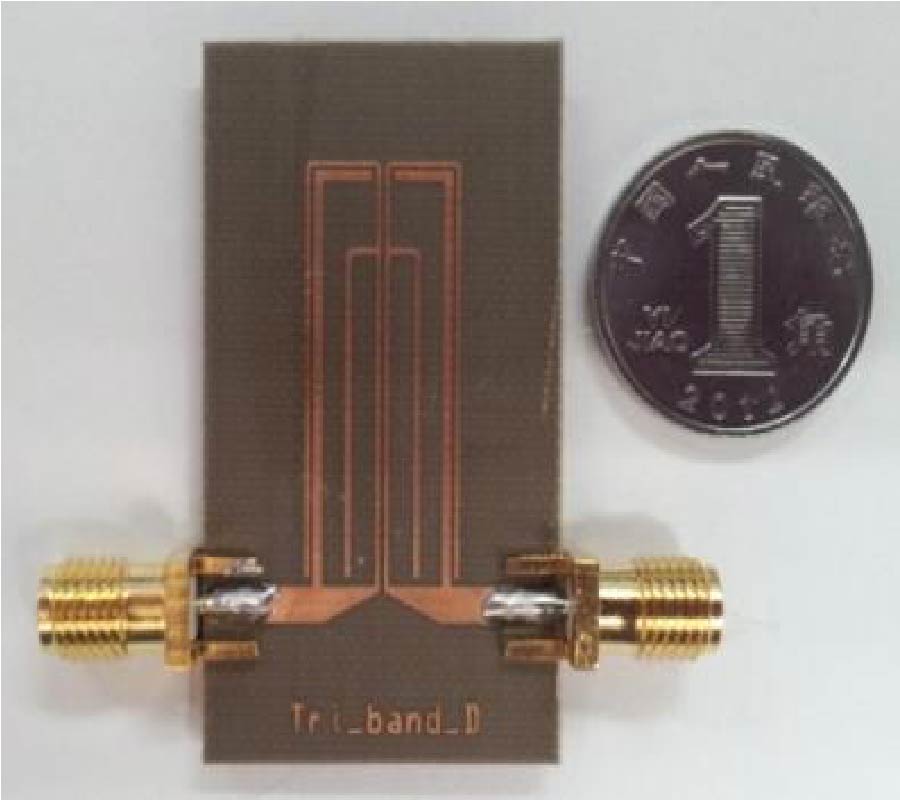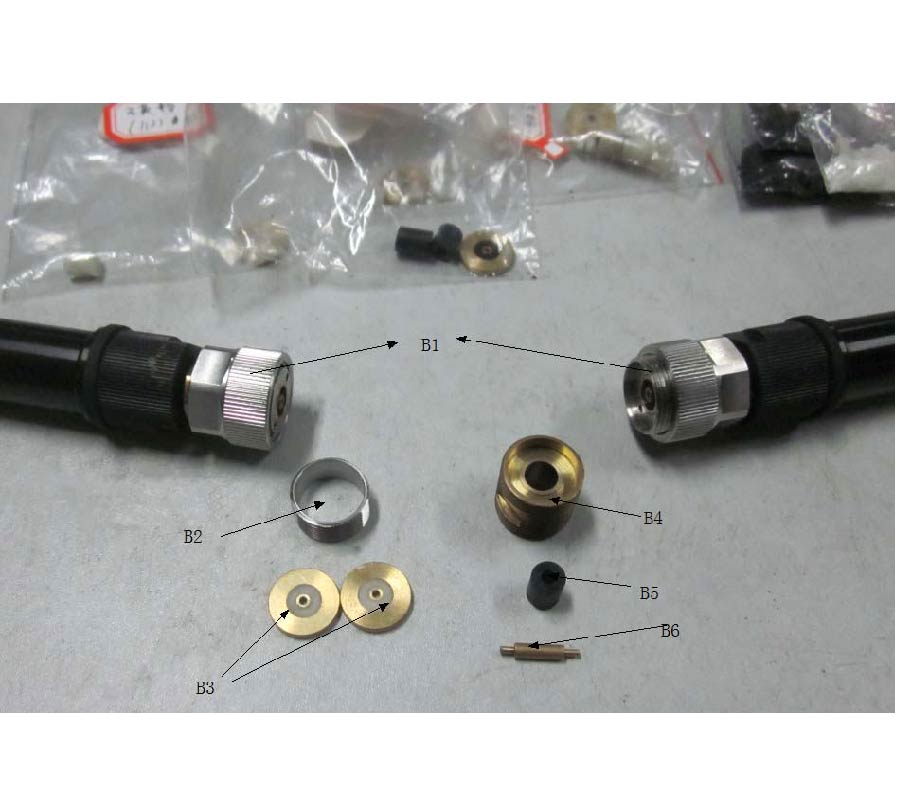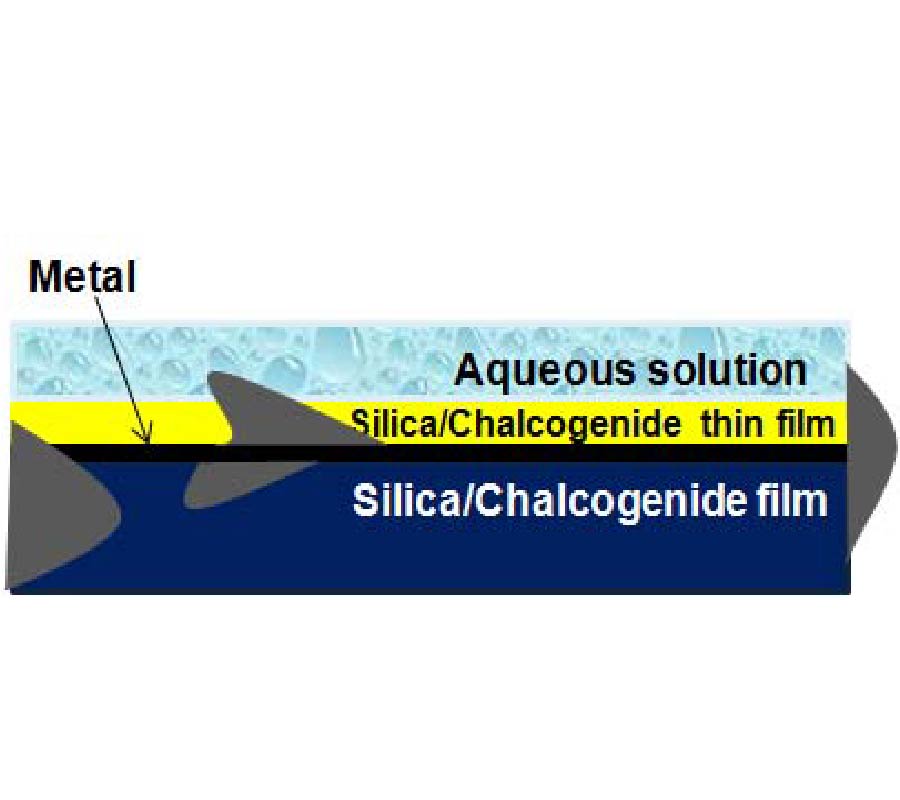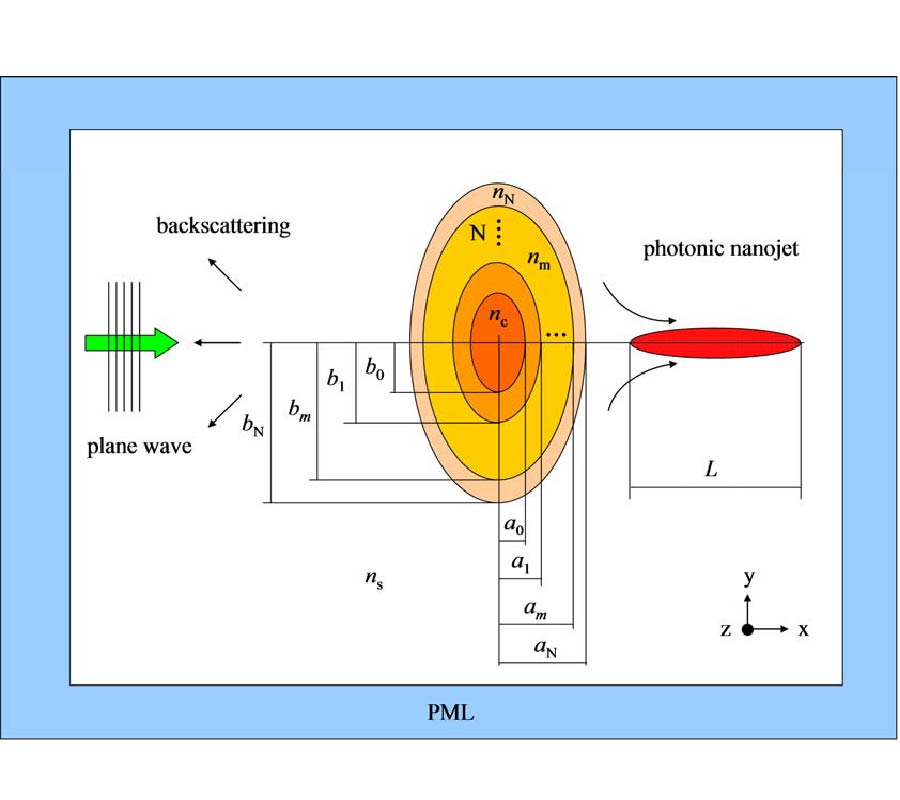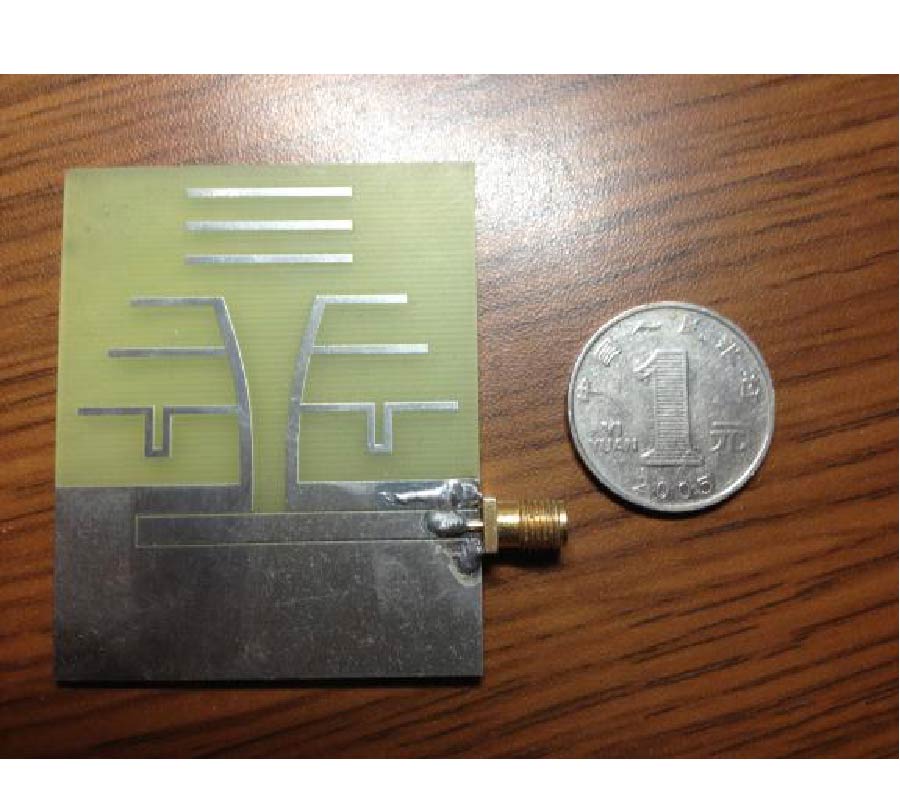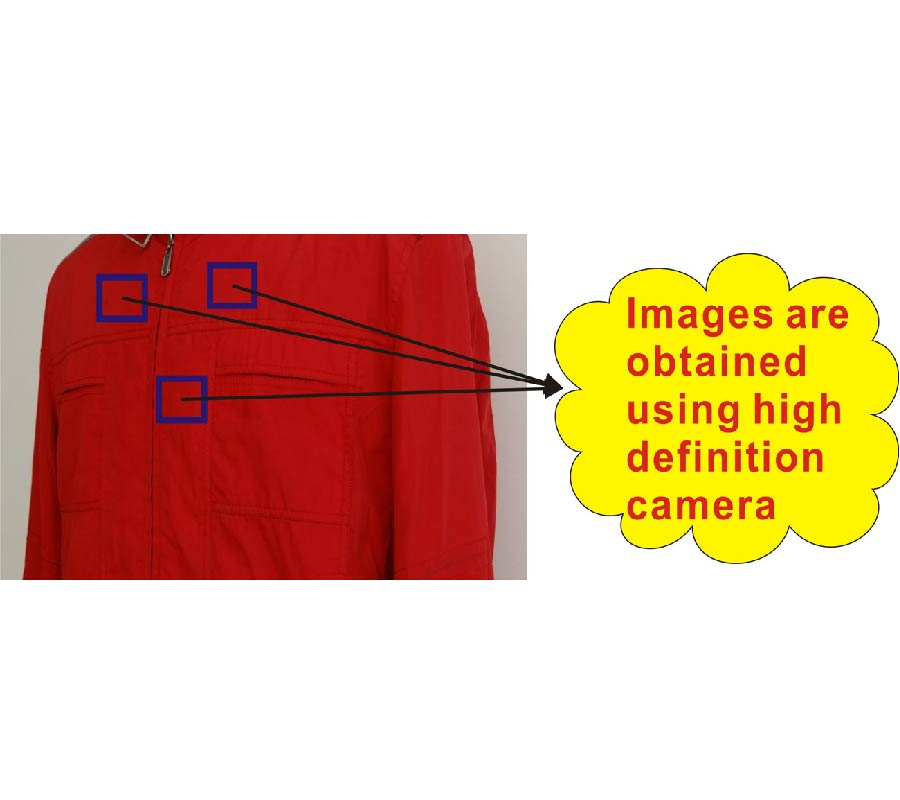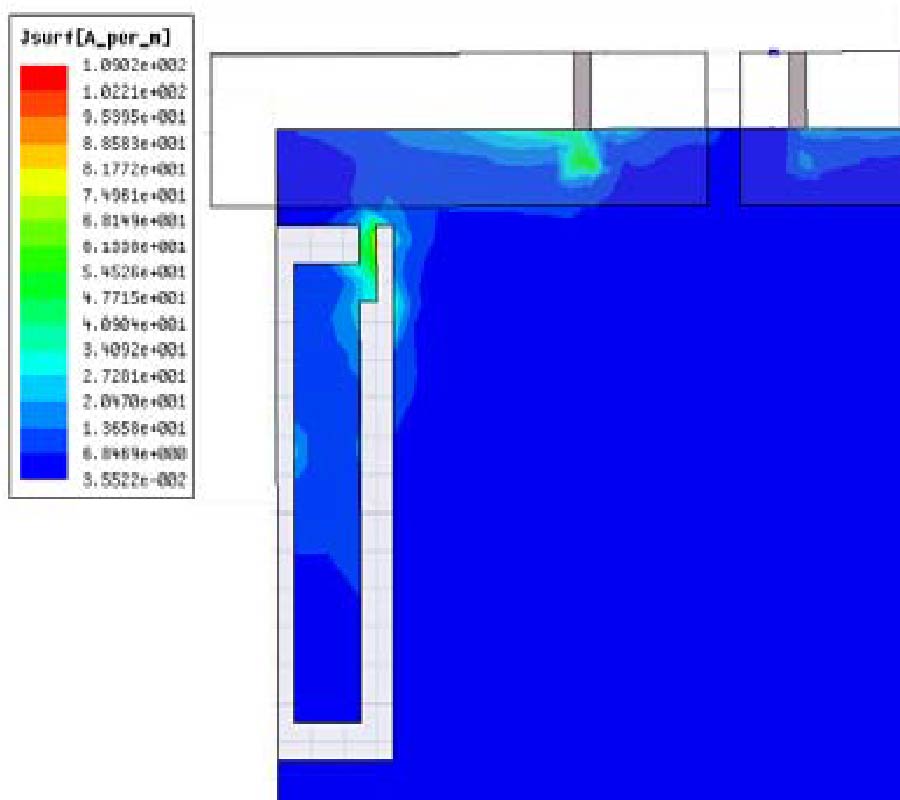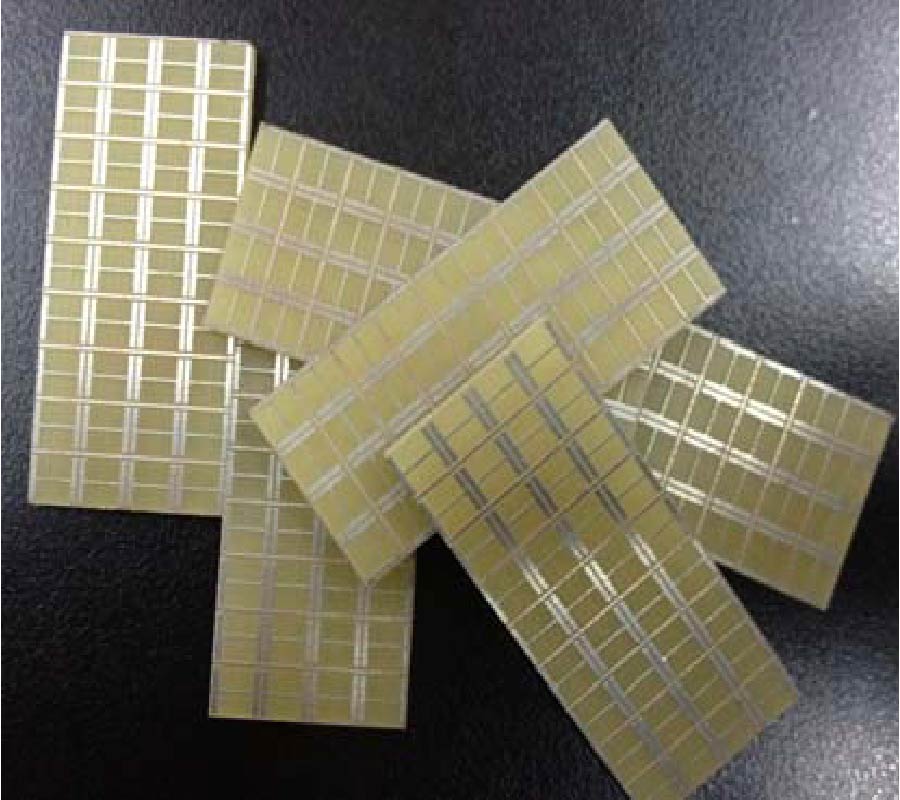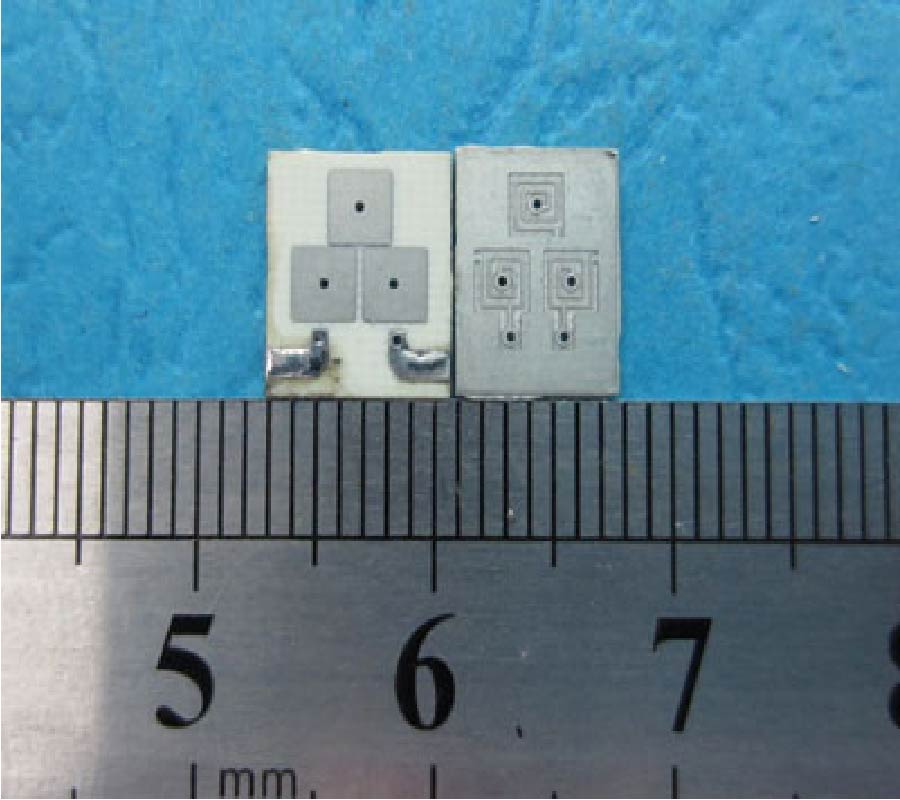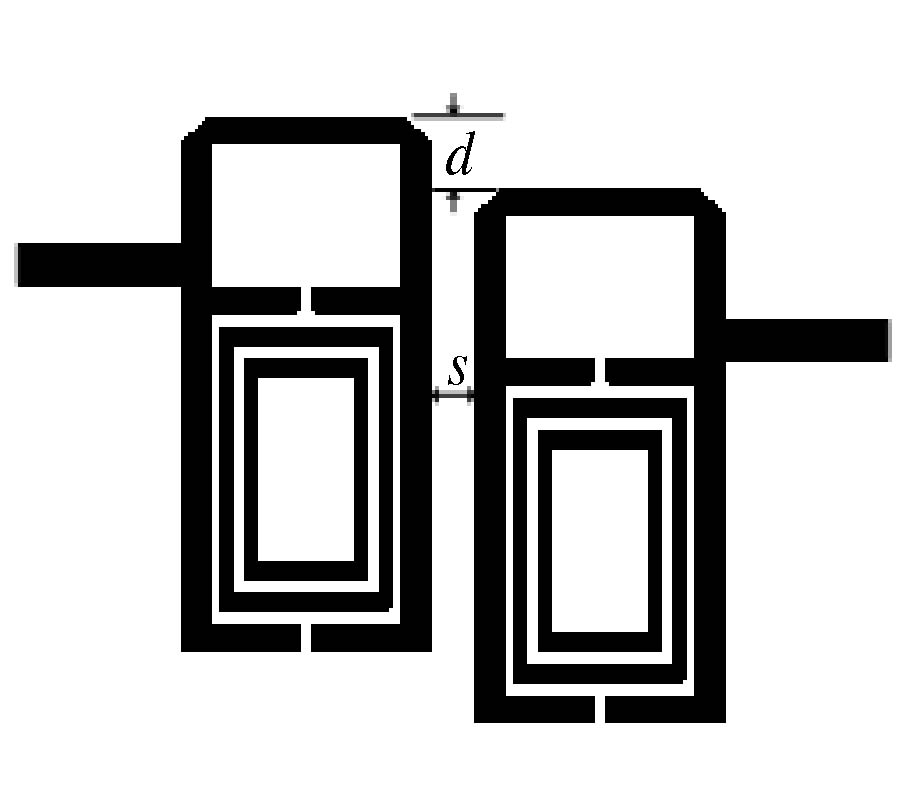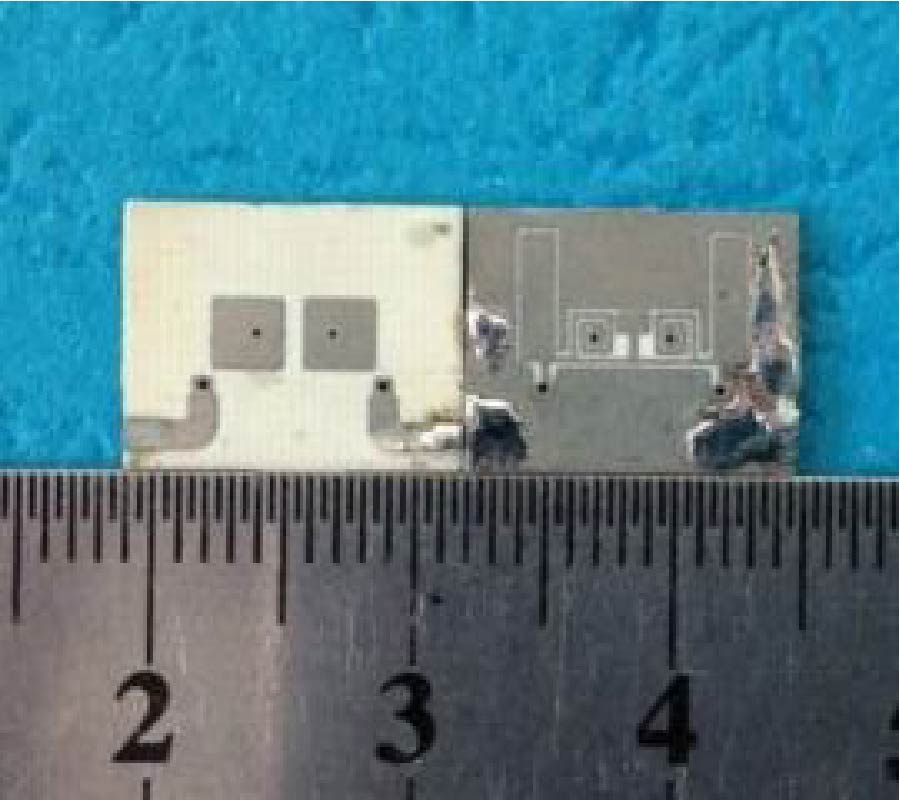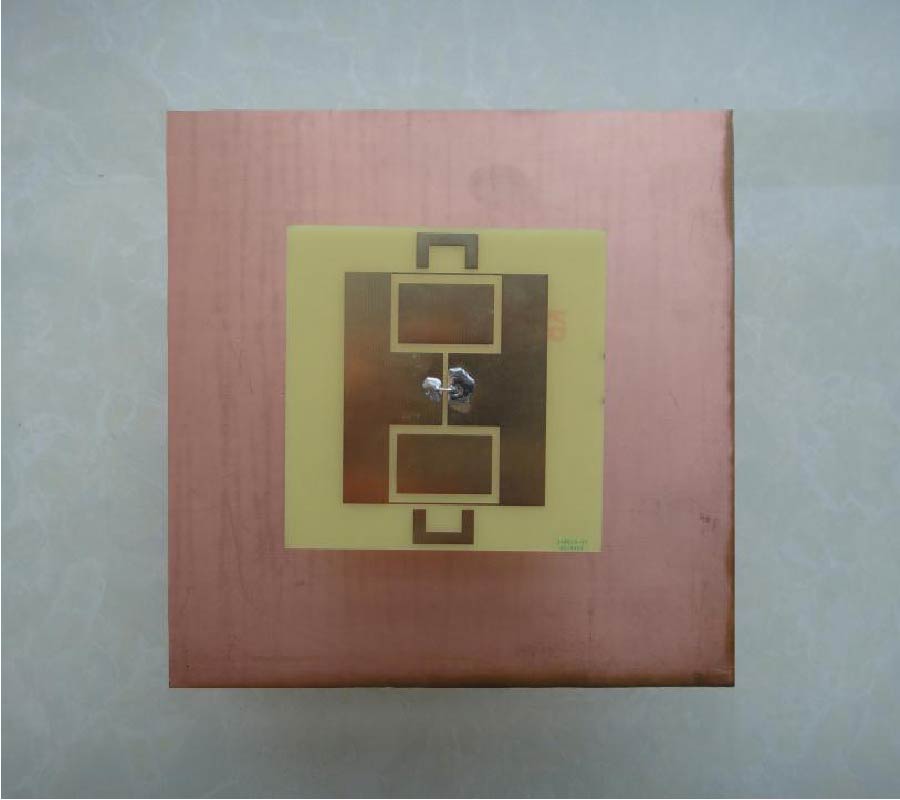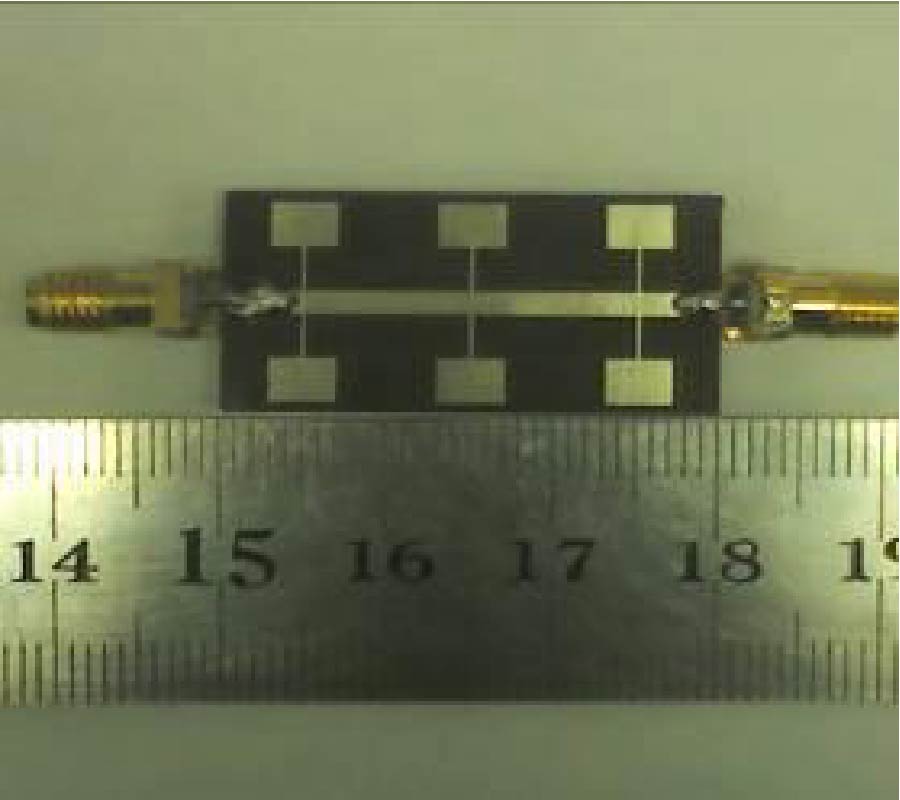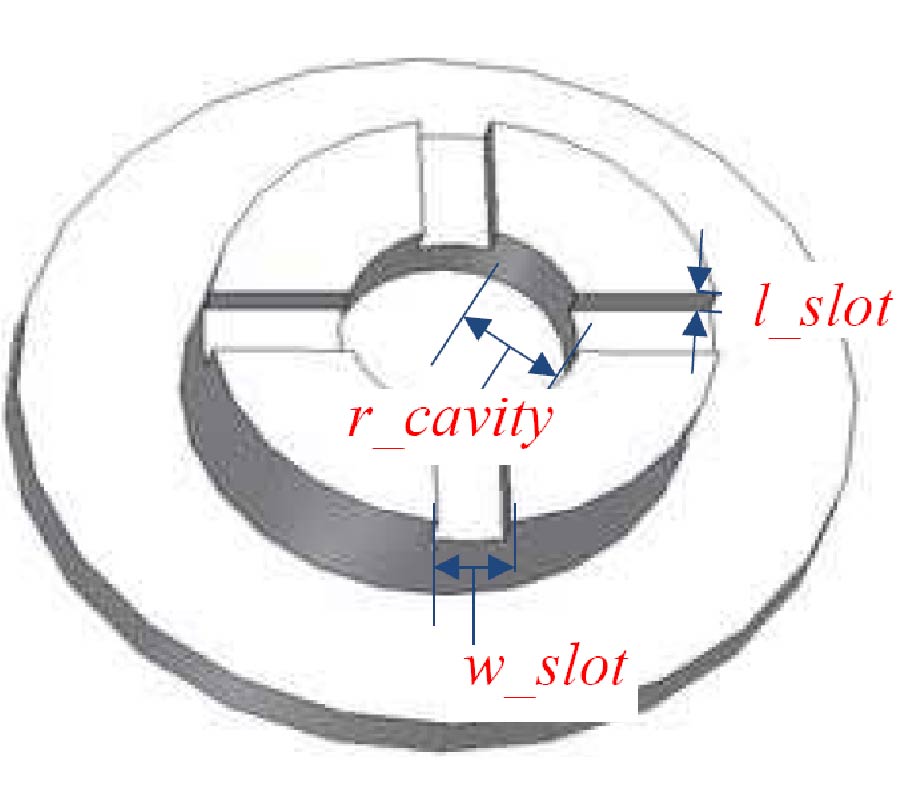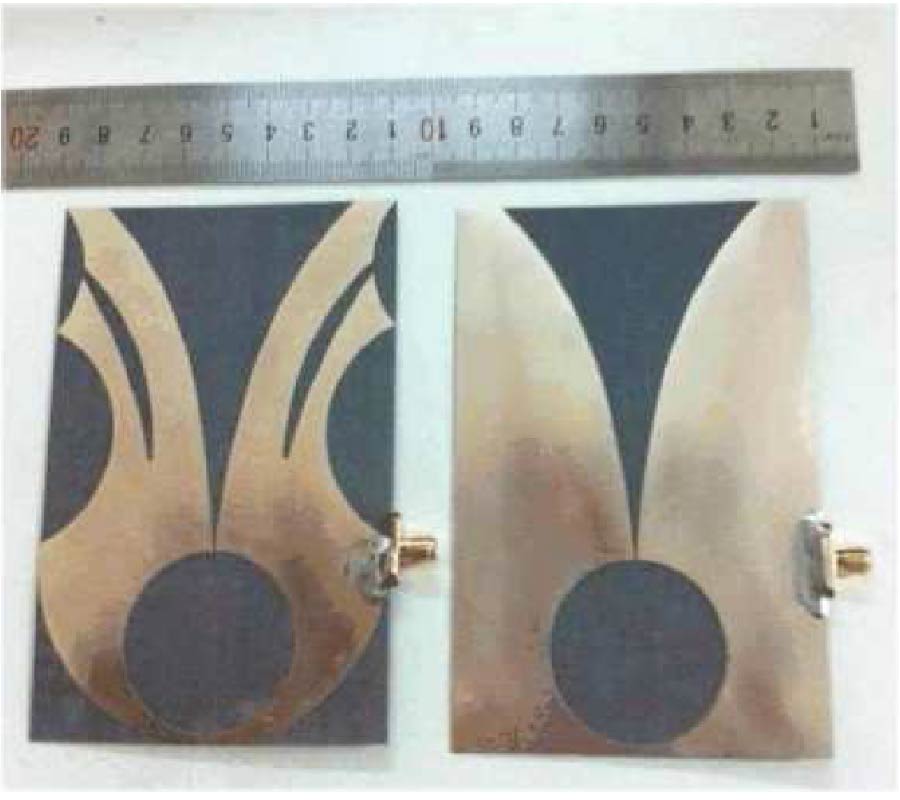Design of a Novel Wideband Loop Antenna with Parasitic Resonators
Shou-Tao Fan
,
Shu-Feng Zheng
,
Yuan-Ming Cai
,
Ying-Zeng Yin
,
Ya-Jun Hu
and
Jing Hua Yang
A novel coax-fed wideband loop antenna loaded with rectangular patches and U-shaped elements is presented and studied. By inserting a pair of rectangular patches inside the strip loops and employing a pair of U-shaped elements as the parasitic resonators, two additional resonances are excited and a good performance of bandwidth enhancement can be obtained. The measured results indicate that the impedance bandwidth (VSWR≤2) is about 87.1% from 1.58 to 4.02 GHz, which covers the required operating bands of DCS1800 (1710-1880 MHz), PCS1900 (1850-1990 MHz), UMTS2100 (1920-2170 MHz), WLAN2400 (2400-2484 MHz), LTE2300/2500 (2300-2690 MHz) and WiMAX3500 (3300-3690 MHz). In addition, good radiation characteristics such as symmetrical radiation pattern, moderate peak gain, low back radiation, and low cross-polarization are observed over the entire operating band.
